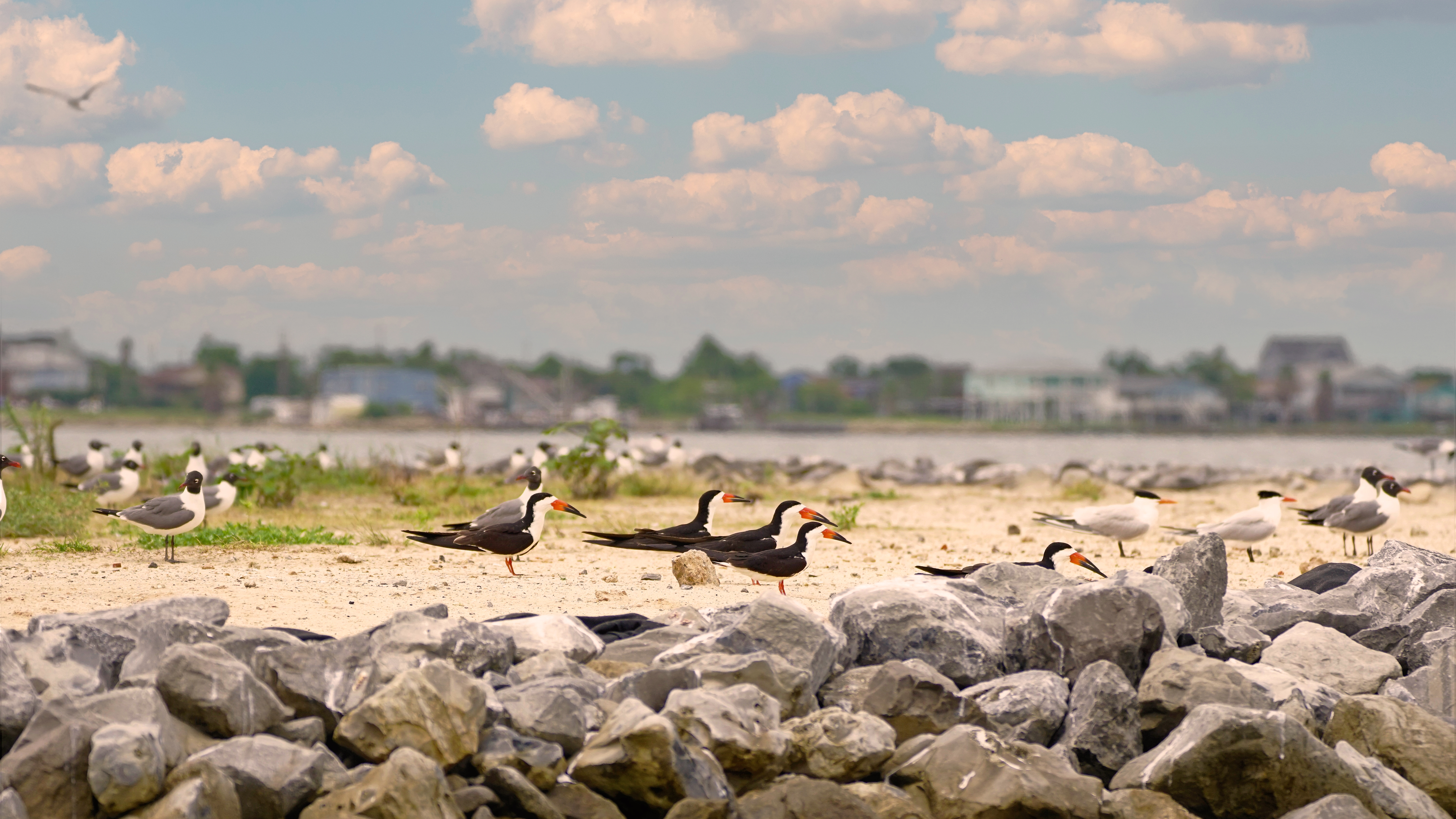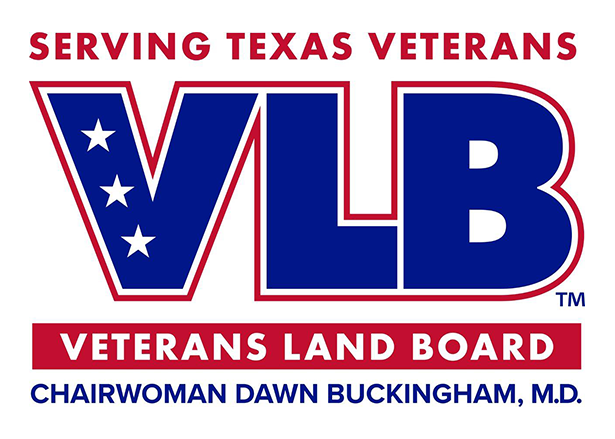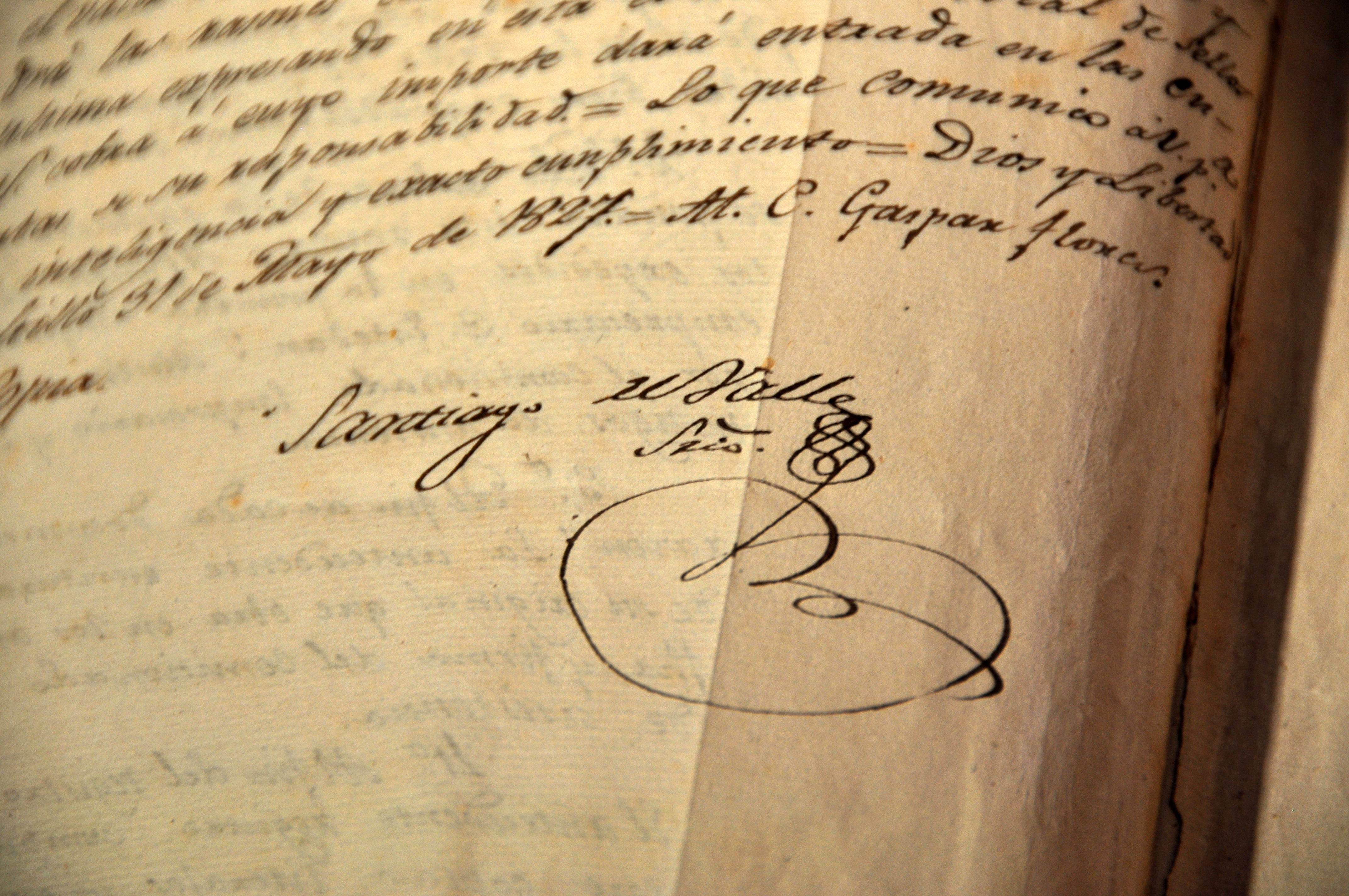
The Natural Resource Damage Assessment (NRDA) Program
Did you know that the Texas General Land Office helps restore Texas’ natural resources after environmental damage is caused by oil spill or hazardous material discharges? After an oil spill or hazardous substance discharge, response agencies clean up the substance and work to reduce or eliminate any damage to the environment or human health. When these efforts do not fully restore injured natural resources (such as, land, fish, wildlife, biota, air, water, groundwater, drinking water and other resources that are controlled or managed by federal or state governments or Indian Tribes) or address their lost uses by the public the Natural Resource Damage Assessment (NRDA ) program steps in.
The (NRDA) Program is the legal and applied science process designed to restore damaged areas and ensure that those responsible—and not taxpayers—pay for restoring the affected area or compensate for the loss of its public use.
In the NRDA program, restoring an affected area means any action or combination of actions done to restore, rehabilitate, replace, or acquire the equivalent of injured natural resources and services to baseline, or the condition they were in before the spill or release. Some examples of restoration are preserving critical habitat, constructing wetlands, beach nourishment, building bird rookery islands and improving recreational opportunities on State Parks. The trustees can also seek compensation for public recreational areas that are unable to provide services because a resource has been impaired due to a spill or release. Example of services are recreational fishing, hiking, and hunting opportunities.
Natural Resource Damage Assessments
For a summary of restoration projects completed in Texas as part of the NRDA process, see the Restoration Story Map
Texas NRDA Trustees also support restoration of the Gulf of America from damages resulting from the 2010 Deepwater Horizon spill.
After the Deepwater Horizon spill, federal and state agencies came together to form the Deepwater Horizon Natural Resource Damage Assessment Trustee Council. The Council studied the effects of the oil spill and continues to restore the Gulf of America to the condition it would have been in if the spill had not happened. The Department of the Interior (DOI), the lead federal agency for Deepwater Horizon projects, works with the Texas NRDA Trustees to manage the Gulf Spill restoration projects. The Texas Restoration project area funds focus on restoring wetlands and other coastal habitats and reducing nonpoint source pollution. These project focus on restoring resources injured by the spill, including oysters, birds, sea turtles and recreation uses.
To learn about recent news and public meetings, go here: Texas Restoration Area | Gulf Spill Restoration
Who are the NRDA Trustees?
In Texas, three state agencies are designated by the Governor as NRDA trustees:
- Texas General Land Office (GLO)
- Texas Parks and Wildlife Department (TPWD)
- Texas Commission on Environmental Quality (TCEQ)
On the federal level, in Texas, the NRDA trustees are most often:
- National Oceanic and Atmospheric Administration (NOAA)
- Department of the Interior (DOI) with authority delegated to the U.S. Fish and Wildlife Service (USFWS)
- The United States Environmental Protection Agency, and the United States Department of Agriculture are Federal Trustees in the Deepwater Horizon Oil Spill case.
Contact a GLO NRDA Trustee: nrda@glo.texas.gov








